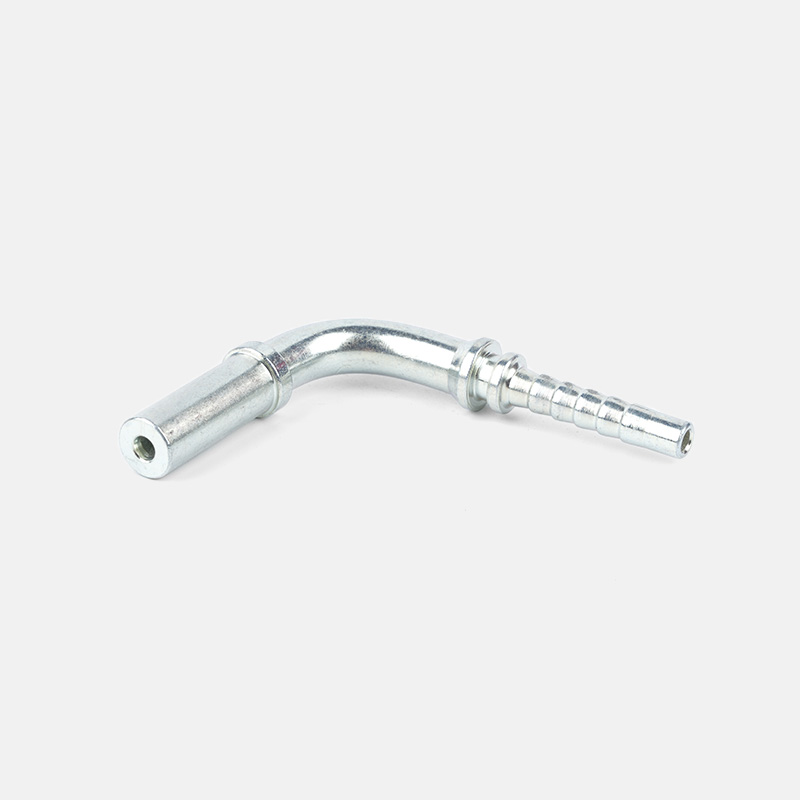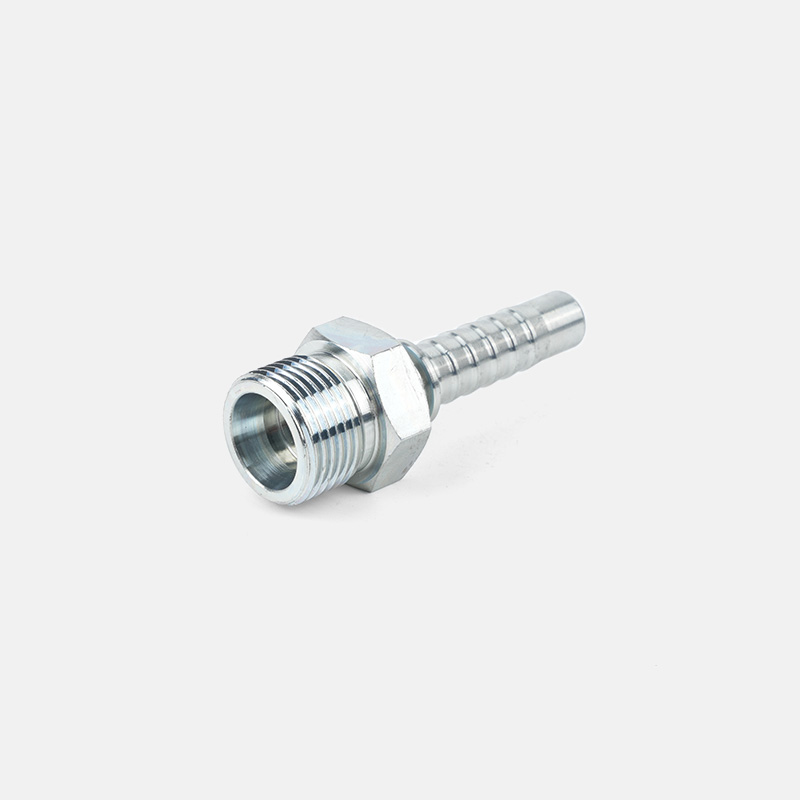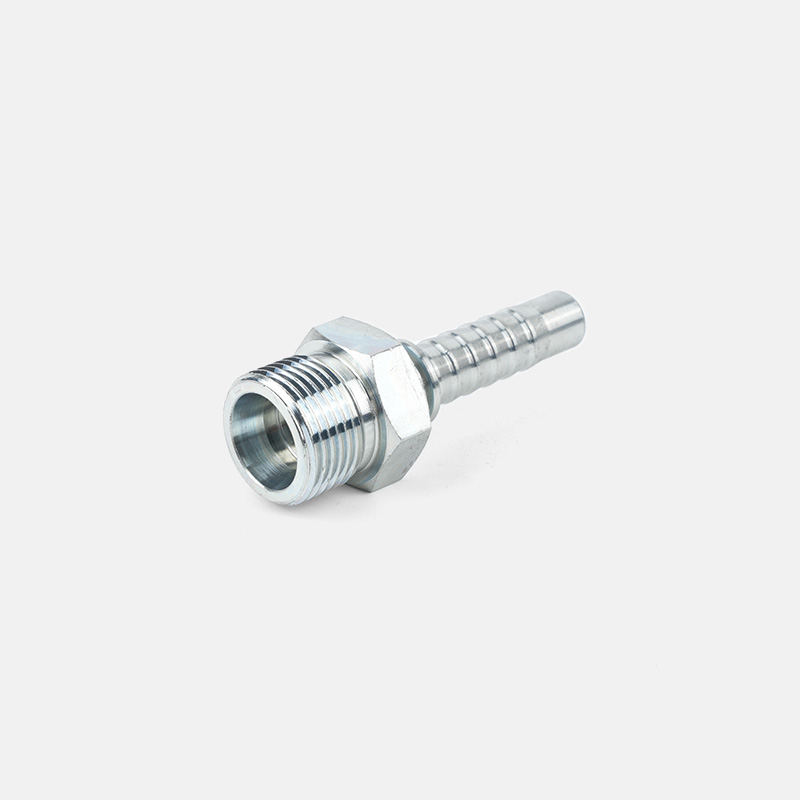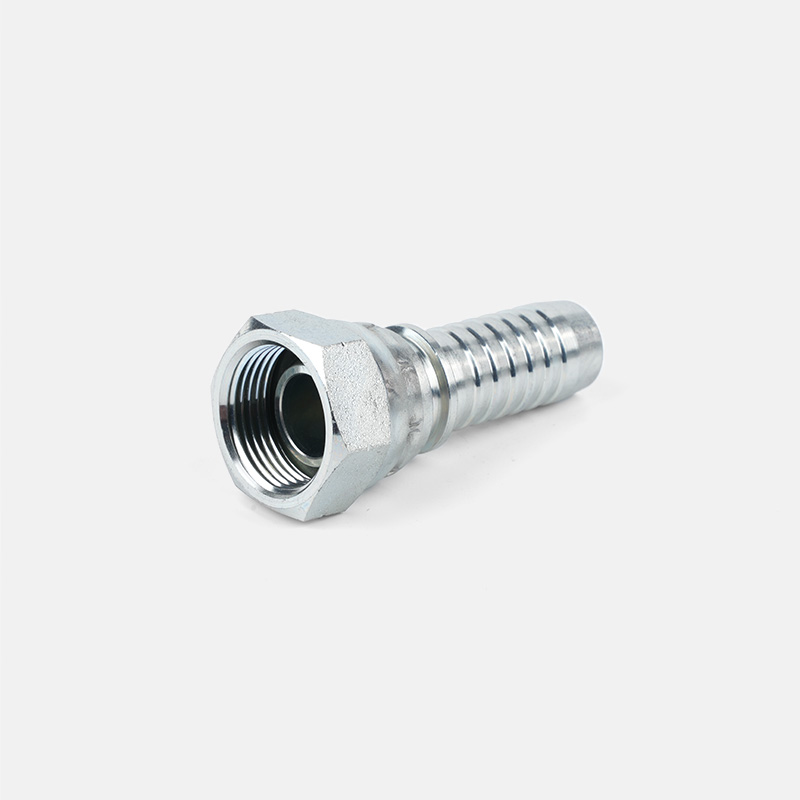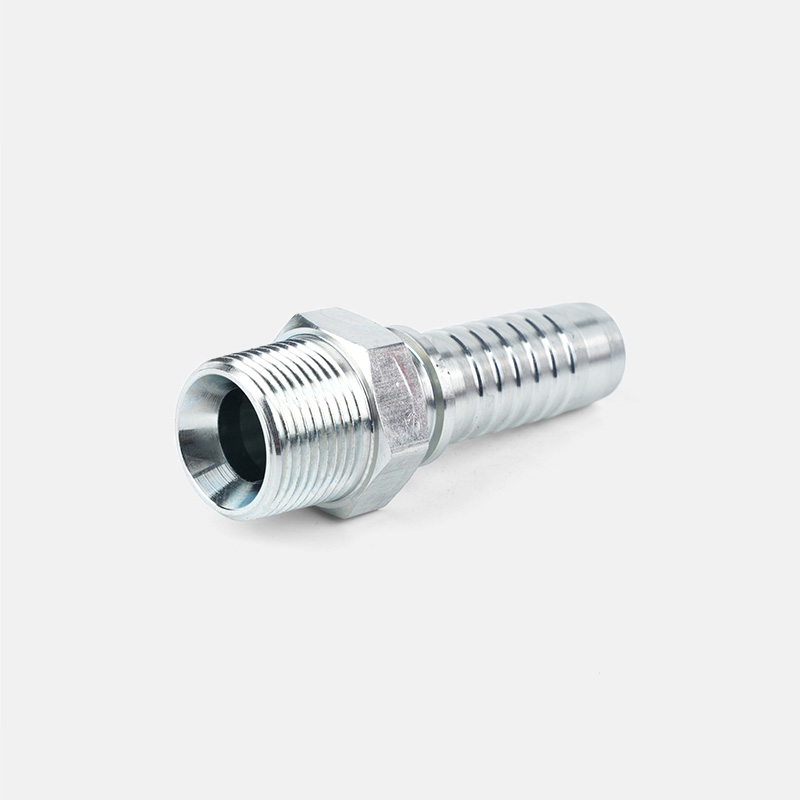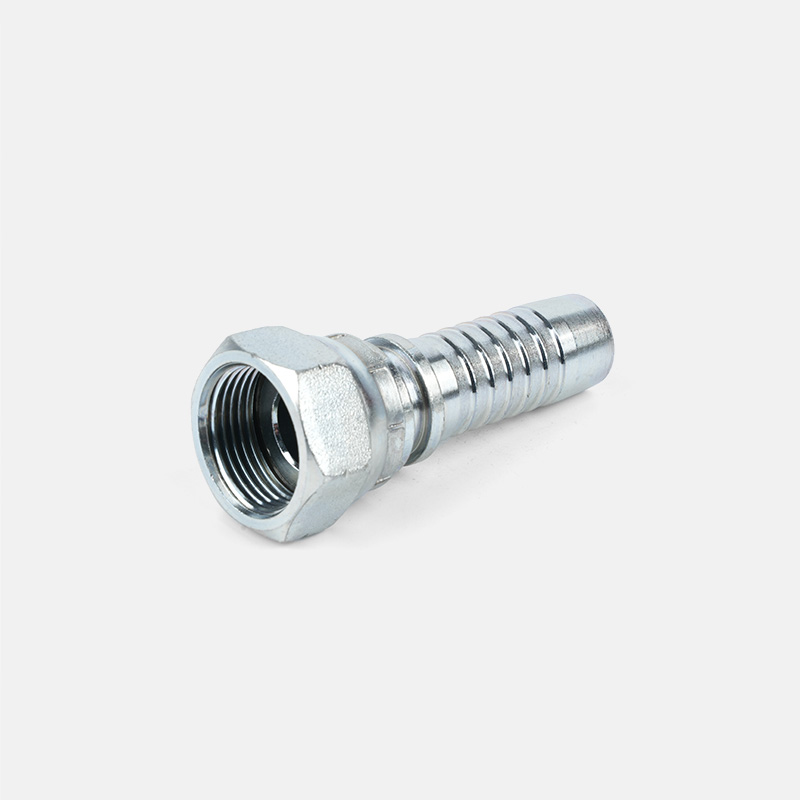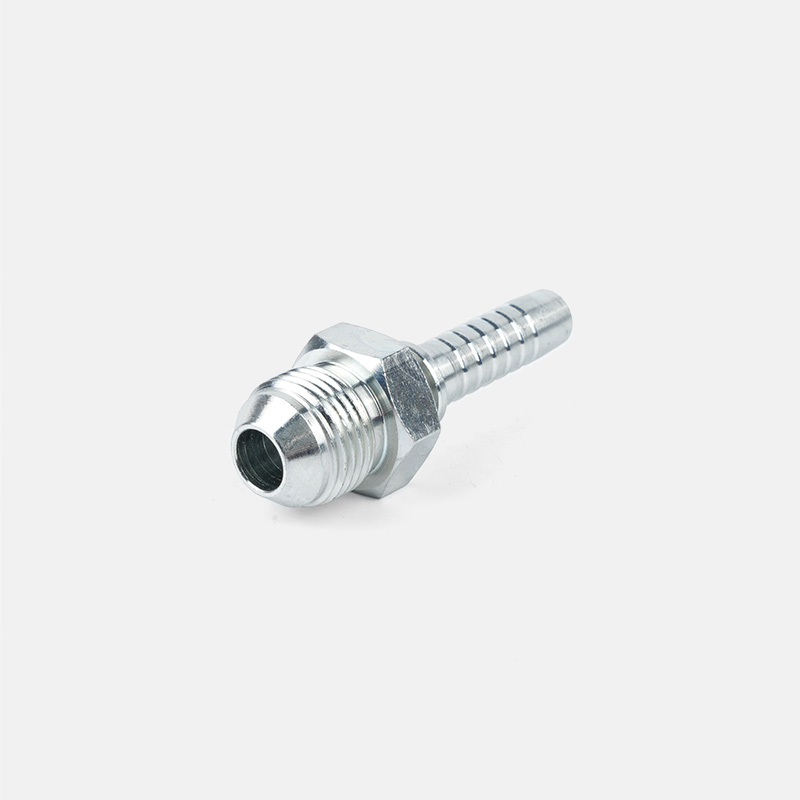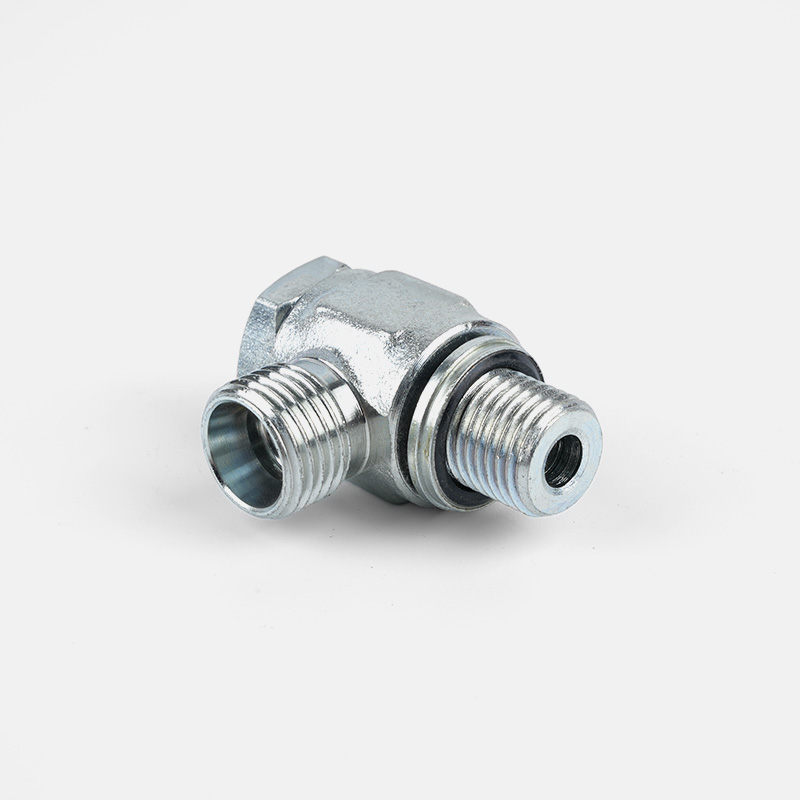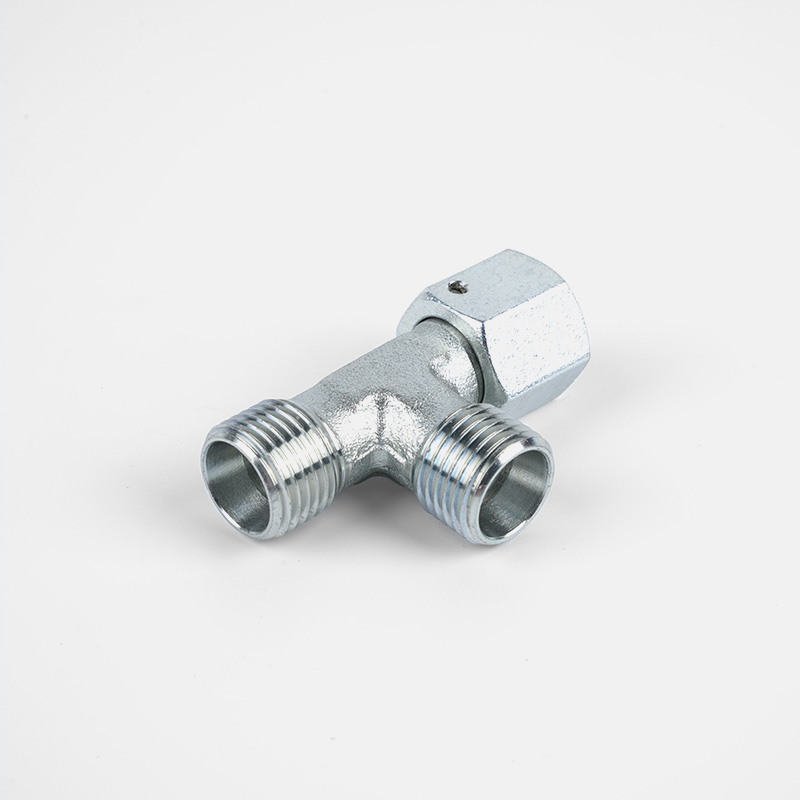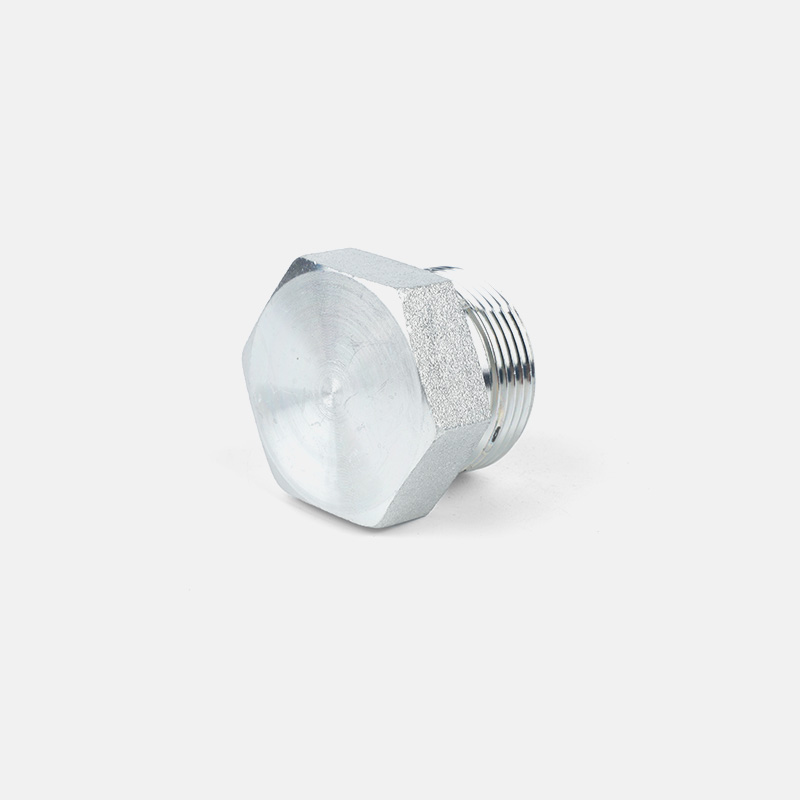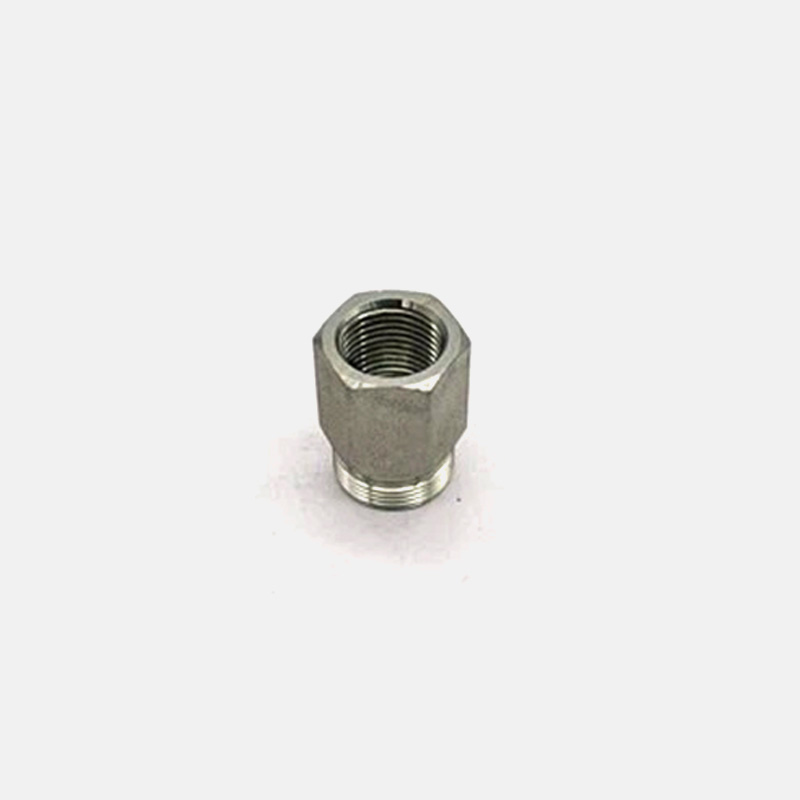Language
ENGTop 10 Benefits of Using Hydraulic Pipe Clamps in Industrial Applications
 2025.06.30
2025.06.30
 industy news
industy news
Hydraulic pipe clamps are indispensable tools widely used in various industrial sectors such as construction, oil and gas, petrochemical, and manufacturing. Their advanced hydraulic mechanism offers superior performance over traditional clamps, making pipe handling, welding, and assembly processes more efficient and safer.
1. Superior Holding Power for Stable Pipe Fixation
One of the primary advantages of hydraulic pipe clamps is their exceptional holding power. Unlike manual clamps, hydraulic clamps use pressurized fluid to generate a consistent and powerful clamping force. This ensures that pipes remain firmly fixed in place during critical operations like welding or cutting. The secure grip minimizes pipe movement, reducing the risk of alignment errors and improving overall work quality. This reliable holding power is especially vital for large-diameter and heavy-duty pipes commonly used in industrial pipelines.
2. Enhanced Safety by Minimizing Workplace Hazards
Workplace safety is a top priority in industrial settings, and hydraulic pipe clamps significantly contribute to safer operations. By providing a stable and secure grip on pipes, these clamps prevent accidental slipping, rolling, or falling of pipes that can cause injuries or damage. The ability to lock pipes firmly also means workers can focus more on precision tasks without worrying about pipe stability, reducing the likelihood of workplace accidents and enhancing overall job site safety standards.
3. Time Efficiency Through Quick and Easy Operation
Hydraulic pipe clamps are designed for fast operation, which can save considerable time during pipe handling and welding tasks. The hydraulic mechanism allows operators to quickly tighten or release the clamp with minimal effort, unlike traditional mechanical clamps that require manual adjustments. This feature accelerates setup and repositioning processes on the job site, ultimately improving project turnaround times and boosting productivity. Time savings are especially critical in large-scale industrial projects with tight deadlines.
4. Versatility in Handling Various Pipe Sizes and Types
Industrial projects often involve pipes of different diameters, materials, and thicknesses. Hydraulic pipe clamps offer impressive versatility, as they can accommodate a broad range of pipe sizes and shapes without sacrificing clamping strength. Many models come with adjustable jaws or interchangeable inserts to fit different pipe profiles, from thin-walled tubing to thick industrial pipes. This adaptability makes hydraulic clamps suitable for diverse applications, including oil pipelines, water systems, and HVAC installations.
5. Durability and Longevity Under Harsh Industrial Conditions
Hydraulic pipe clamps are typically manufactured from high-strength steel or other durable alloys, often with corrosion-resistant coatings. This ensures they can withstand extreme environmental conditions, such as high temperatures, moisture, chemical exposure, and heavy mechanical stress commonly encountered in industrial sites. Their robust construction guarantees long service life and reduces the frequency and cost of replacements, making them a cost-effective investment for long-term industrial use.
6. Precision Alignment for High-Quality Welding and Assembly
Proper pipe alignment is crucial for ensuring the integrity and quality of welded joints and assemblies. Hydraulic pipe clamps help maintain precise alignment by holding pipes in a fixed position with uniform pressure. This eliminates gaps, misalignment, or pipe deformation that could lead to welding defects or structural weaknesses. Consistent alignment not only improves the durability and safety of pipe systems but also reduces rework and material waste, enhancing overall project efficiency.
7. Reduced Labor Costs by Minimizing Manual Effort
Operating hydraulic pipe clamps requires significantly less physical effort compared to manual clamps or chain binders. The hydraulic system multiplies the operator’s input force, allowing for easy tightening and loosening of clamps. This reduces operator fatigue, enabling workers to perform tasks more efficiently and safely. Moreover, the quicker clamping process means fewer man-hours spent on pipe handling, which translates to lower labor costs and better allocation of human resources on industrial projects.
8. Improved Productivity with Streamlined Workflow
By combining superior holding power, quick operation, and precision alignment, hydraulic pipe clamps help streamline industrial workflows. Their efficiency reduces downtime caused by pipe repositioning or safety checks and speeds up critical processes such as welding and inspection. The result is an overall boost in productivity and project delivery speed. Industries that adopt hydraulic pipe clamps often see measurable improvements in operational efficiency and resource utilization.
9. Compatibility with Automation and Advanced Pipe Handling Systems
Modern industrial facilities increasingly rely on automation to enhance performance and reduce human error. Hydraulic pipe clamps can be integrated with automated pipe handling and welding systems, allowing for remote control and precise adjustments. This compatibility makes them ideal for use in robotic welding cells, automated assembly lines, and pipeline fabrication yards. By enabling automation, hydraulic clamps contribute to higher precision, consistency, and throughput in industrial pipe processing.
10. Environmentally Friendly Operation with Lower Energy Consumption
Hydraulic systems are generally more energy-efficient compared to purely mechanical alternatives. Hydraulic pipe clamps require less manual force and can be powered by compact hydraulic pumps, which consume relatively low amounts of energy. This makes them an eco-friendly choice for industries aiming to reduce their carbon footprint and comply with environmental regulations. Their durable design means fewer replacements and less waste, contributing to sustainable industrial practices.


